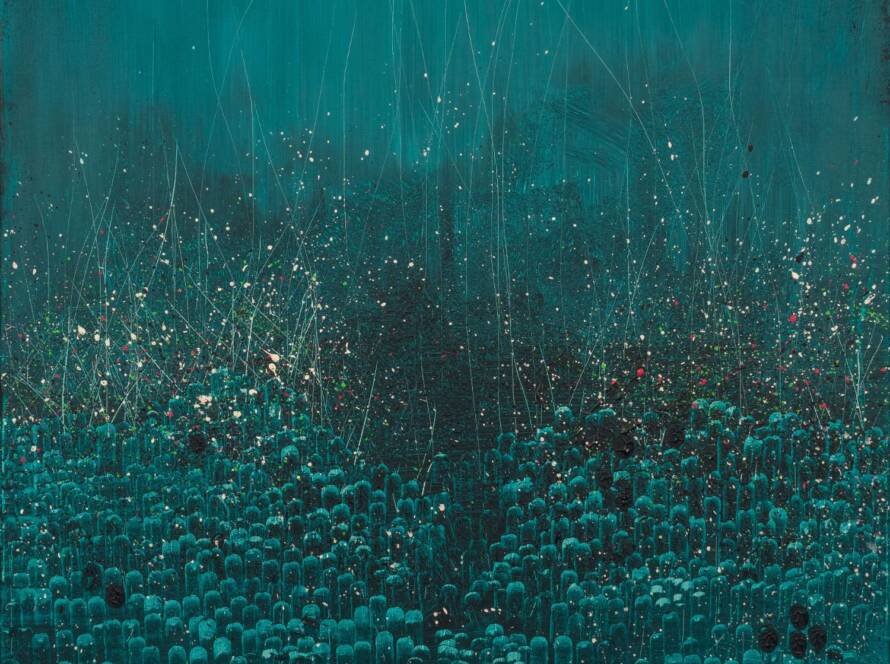An Article by J.A. (742 words, 4 min read)
Camille Claudel’s life and work epitomize the struggles faced by many female artists in the late 19th and early 20th centuries. Despite her undeniable talent and innovative spirit, Claudel’s career was overshadowed by her association with Auguste Rodin, her mentor and lover. Her masterpiece, L’Ãge Mûr (The Mature Age), serves as a poignant reflection of her personal turmoil and the societal challenges she confronted.
A Promising Talent Overshadowed
Claudel’s career was marked by brilliance but marred by systemic barriers. As a woman in late 19th-century France, she was expected to stay in the shadow of male artists. Despite being an innovative sculptor, she was mostly seen through the lens of her relationship with Rodin.
Though Rodin admired Claudel’s work and collaborated with her on several pieces, he ultimately retained control over their artistic dynamic. Claudel, however, yearned for independence, both personally and creatively.
Her sculpture L’Âge Mûr is a vivid representation of her emotional turmoil. The work depicts an older man being led away by the figure of fate while a younger woman, kneeling, reaches out in desperation. Many interpret this as a portrayal of Rodin’s unwillingness to leave his long-time partner, Rose Beuret, for Claudel. The pain embedded in the sculpture was all too real for Claudel, but in her lifetime, its emotional and technical brilliance went largely unnoticed.

Exploring L’Âge Mûr Through Les Yeux de Mona
In Thomas Schlesser’s novel Les Yeux de Mona, this sculpture is examined in depth. The narrative describes a grandfather guiding his granddaughter, Mona, through various artworks, including L’Âge Mûr. They observe the intricate positioning of the hands, noting how the separation signifies abandonment and loss. Mona astutely points out that the void between their hands amplifies the emotional impact, highlighting Claudel’s masterful use of negative space to convey profound despair.
This passage from Les Yeux de Mona highlights Claudel’s unparalleled ability to infuse personal experience into her work while mastering sculptural techniques that conveyed deep, universal emotions.
Obstacles and Betrayals
Despite the artistic brilliance of L’Âge Mûr, Claudel faced significant obstacles in gaining recognition. In 1895, the French state commissioned this work, but the order was inexplicably canceled in 1899 before a bronze cast was made. Some sources suggest that Rodin, upon seeing the sculpture and recognizing its autobiographical elements, may have influenced the ministry to withdraw its support. This professional setback was a severe blow to Claudel’s career and personal well-being.
In an effort to salvage the project, Claudel’s supporter, Captain Tissier, privately commissioned a bronze cast in 1902. However, without institutional backing, the sculpture did not receive the public exposure it deserved. Further compounding her challenges, Claudel’s mental health began to decline, exacerbated by financial difficulties and societal prejudices against women artists. In 1913, under dubious circumstances, she was committed to a psychiatric hospital, where she remained until her death in 1943.
Posthumous Recognition
Decades after her death, Claudel’s work began to receive the acknowledgment it deserved. A bronze cast of L’Âge Mûr, long thought lost, was discovered in a Parisian apartment in 2024. This particular cast, one of six smaller versions produced in 1907 by the founder Eugène Blot, had been missing since its last public exhibition in 1908. Its rediscovery and subsequent auction, where it fetched €3.6 million, underscore the belated recognition of Claudel’s genius.

Legacy of Endurance and Genius
Camille Claudel’s life is a testament to the struggles that many women artists have faced. It also highlights the broader challenges of being an artist – especially one who refuses to conform. Claudel’s relationship with Rodin, though central to her life, did not define her art. She created works of searing intensity, transforming personal anguish into timeless expressions of human emotion.
Today, Claudel’s story continues to inspire artists and art lovers alike. Her work is a reminder of the resilience it takes to create in the face of indifference, and her legacy endures as a symbol of both brilliance and heartbreak. L’Âge Mûr, with its themes of loss and separation, is not just a reflection of her personal pain; it is a universal testament to the endurance of the human spirit.
In celebrating Claudel’s genius, we also remember the price she paid. The belated acclaim for L’Âge Mûr is a bittersweet tribute to an artist who poured her soul into her work, only to be denied the recognition she deserved in her lifetime.


